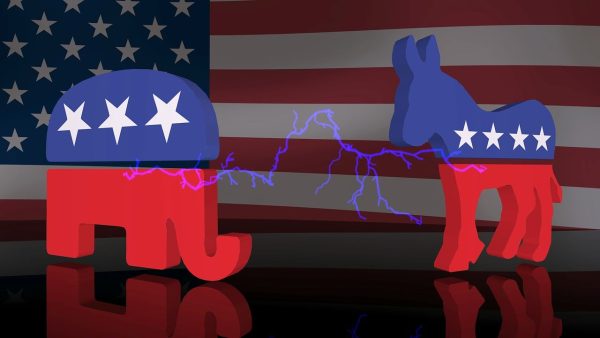Is This The Cause Of The Great Depression?
The 1930s are categorized by the Hoover Dam, a cultural revolution in the Soviet Union, the beginning of The New Deal. However, the Global Depression highlighted the 1930s. People were out of work worldwide, savings were lost, and the Stock Market experienced a massive crash. Many economic analysts speculate that the Stock Market crash caused the crisis; however, it may be legislation during the presidency of Hebert Hoover, which caused the global crisis.
Smoot – Hawley Act
Herbert Hoover was elected the 31st president of the United States in 1929. Hoover, a Republican, believed that the United States should maintain an Isolationist policy, limiting the United States in foreign interests and global trade. In 1930, Senator Reed Smoot and Representative Willis C. Hawley created the “Smoot-Hawley Tariff Act.”The bill was passed through both houses of Congress and signed by President Herbert Hoover. The bill raised tariffs by 20% on agricultural and industrial goods, according to The Brittanica. Some of those products include wool rags, tariffs on those rose by 140%, which forced an increase in the production of more wool rags in the United States, leading to overproduction. Overproduction became a significant issue because of the tariff, it led to lower prices, inflation, and a tremendous amount of unsold goods. What occurred after the bill is known as “the perfect disaster.” The United States experienced a drastic drop in the number of exported goods, retaliation from foreign banks occurred, and financial institutions began to fail, putting millions out of jobs and negative returns from the stock market. Adding on, many individuals started to invest “on the margin,” which is the process of buying stocks with loaned money from brokers and banks. The majority of people who executed this process were not able to pay back the loaned money, which caused a lot of debt and scrutiny for financial institutions. All of the factors from the tariffs caused the period called the “Great Depression.”
Aftermath
In 1932, the majority of the Democratic presidential candidates vowed to lower tariffs placed on foreign nations. Among one of those candidates was Franklin Delano Roosevelt from the state of New York. FDR ended up becoming the Democratic Presidential nominee, and he won the election. When FDR entered office, he faced a stagnant economy, conflict in the Eastern Hemisphere, and workers’ mistreatment in multiple industries. With the Democrats having majorities in both houses of Congress, the Reciprocal Trade Agreements Act of 1934 was passed. The bill allowed the president to negotiate reductions in tariffs with foreign nations; FDR did precisely that and managed to revitalize American trade worldwide. Along with tariffs lowered, the US government launched many social programs, financial reforms, and regulations called “The New Deal.” The New Deal increased government control over the US economy, government involvement in agriculture production and prices of goods. In addition, it created the foundation in the US that the government was responsible for the long tern economic safety of their citizens, mainly Social Security. FDR’s reforms managed to get the United States back on track economically; the GDP between 1933 and 1945 grew by 111.8 percent, according to The Balance. One of the most considerable periods of US GDP growth in all of American history. FDR successfully managed to reverse the United States policy of Isolationism and give way for the superpower’s growth, even after a long period of economic struggle.
Smoot-Halley had many effects on the US economy and foreign policy. Its purpose may have been to re-establish Isolationism and focus on the US worker. However, it proved detrimental when dealing with foreign institutions and trade, which make up a large sector of the US economy, placing the US in the Great Depression. A challenge FDR faced head-on, by having reforms passed to lower tariffs, while improving the well-being of workers, consumers, and corporations. In all, it seems that the Smoot-Halley Act may have been the largest factor and cause of the Great Depression.











